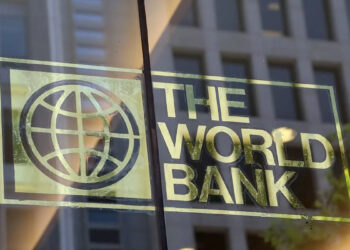The Central Bank of Uruguay has maintained its reference interest rate at 8.5%, citing the need to consolidate inflation and align expectations with the midpoint of its target range. This is the fourth consecutive meeting in which monetary policymakers have decided to keep borrowing costs unchanged. The decision comes amid inflation that has remained within the target range of 3% to 6%, signaling stability in the country’s economic outlook.
According to the central bank’s post-meeting statement, the inflation rate is projected to remain around 4.5% for the next 24 months, reinforcing the need for stable monetary policy. The central bank emphasized that controlling inflation remains crucial to maintaining economic growth, and analysts have projected that there will be no change in the benchmark rate for at least the next two years.
Economic Stability in Uruguay
Uruguay’s inflation rate slowed to 5.32% in September, marking the 16th consecutive month within the target range. However, consumer prices remain above the central bank’s long-term target of 4.5%. Despite this, the bank’s outlook remains optimistic, with expectations of continued economic growth in the coming quarters.
The central bank’s commitment to controlling inflation has been welcomed by pension funds and primary market operators, who expect the reference rate to remain unchanged for the next two years. The stability in monetary policy reflects Uruguay’s broader economic resilience compared to some of its South American neighbors, where interest rates are adjusting in response to various inflationary trends.
Regional Trends: Uruguay and Paraguay Break Out of the Trend
While Uruguay and Paraguay have managed to keep borrowing costs stable due to relatively moderate inflation rates, other South American economies are taking a different approach. In Chile, Colombia and Peru, central banks are expected to continue easing monetary policy as inflation declines, moving toward more accommodative financial conditions.
In contrast, Brazil, the region’s largest economy, is tightening its monetary policy, bucking the global trend of rate cuts. The country’s central bank has taken a more aggressive stance to combat inflation, deviating from its South American peers.
Outlook for Uruguay
Uruguay’s ability to control inflation while sustaining economic growth is a positive indicator for the nation’s financial stability. As inflation expectations remain within target and the economy shows signs of continued growth, the central bank’s cautious but firm stance on interest rates is expected to provide the necessary support for the country’s economic goals.
Looking ahead, stable monetary policy could further strengthen investor confidence in Uruguay’s economic management, making it an attractive environment for both local and international investors. With inflation under control, the central bank is well positioned to support sustainable economic growth in the coming quarters.
















